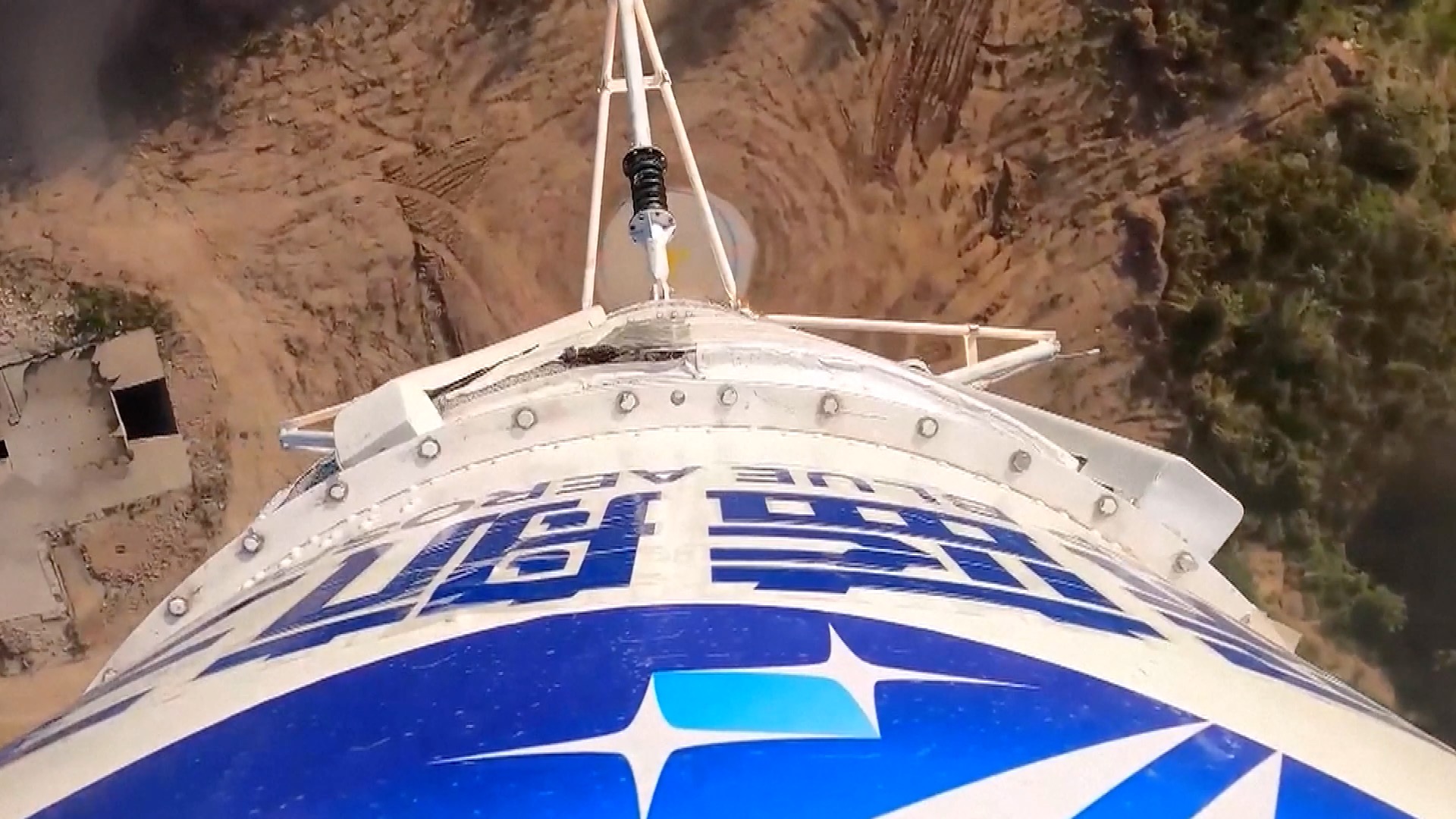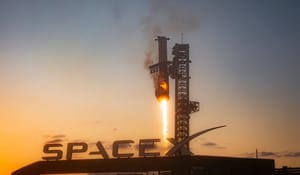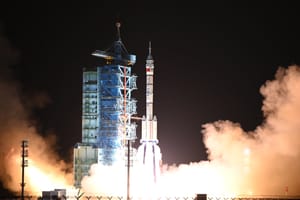
Jun 1, 2024
Deep Blue Aerospace: An Overview and Update
Chinese rocket company Deep Blue Aerospace has secured new funding for its reusable rocket plans, with the first launch scheduled for later this year. While just two years ago Deep Blue Aerospace preformed hop tests of a smaller vehicle, and completed several firings of their Nebula-1 rocket architecture.
The company completed B and B1 funding rounds, raising hundreds of millions of yuan (tens of millions of dollars). According to a statement, this funding will provide “strong momentum into the development of reusable rockets.”
Deep Blue Aerospace plans to launch its first Nebula-1 rocket from a new commercial spaceport in Wenchang, Hainan Island, before the end of the year. The company will also attempt to land the rocket’s first stage using retro-propulsion and landing legs, marking what is likely to be China’s first attempt at launching and landing an orbital rocket. Another likely candidate is Tianlong-3 from Space Pioneer.

In October 2021, China's commercial aerospace company, Deep Blue Aerospace (DBA), completed the country's first-ever test of kilometer-level vertical takeoff and vertical landing (VTVL) for its reusable liquid rocket scheduled to launch later this year as mentioned. After traveling one kilometer away from the ground, the rocket returned and made its landing less than 0.5 meters away from the target landing point.
This funding marks a huge step in Deep Blue Aerospace's journey to becoming an established launch provider in the Chinese space sector. A brief timeline of the company goes as follows. January 2022, the company secured nearly $31.5 million in funding. May 6, 2022 the Nebula M1 completed a one kilometer test, and this recent development further sets the stage for DBAs 2024 launch.
In June 2023, Deep Blue Aerospace successfully tested its independently developed reusable engine, "LT-R1," on a newly commissioned vertical test bench. On June 29, the "LT-R1" system was tested again, entering the normal testing phase. In July, Deep Blue Aerospace completed China's first fairing separation test using a non-pyrotechnic connection unlocking mechanism. In August, the "LT-R1" engine underwent a successful 120-second test on the vertical test bed, followed by three successful tests on August 15. On August 23, the company completed three start-up tests of the first domestic liquid oxygen and kerosene engine in a full flight sequence. On October 18, a 420-second long-duration test run of the "LT-R1" was successful. On November 20, the "Thunderbolt R1" engine successfully completed a 40%-100% variable thrust test. In December, the landing leg deployment test for the "Nebula-1" liquid recoverable launch vehicle was also successfully completed.
In March 2024, the testing of the three engine state power system of the first sub stage of the Deep Blue Space "Nebula-1" rocket was successfully completed. This is the most recent technical development
Nebula-1
Carrying capacity: 2-8 tons to LEO. It has a diameter of 3.35 meters and runs on Liquid Oxygen and Kerosene. it is a reusable launch vehicle that will help prove technologies for Nebula-2 (release set for 2025) as multiple reusable launchers come online we will see an increase in cadence in China's space sector. Deep Blue Aerospace is not one to be overlooked!

Nebula-2, their planned reusable medium to heavy-lift liquid-fuelled rocket will be powered by liquid oxygen and kerosene rocket capable of lifting 20,000 kg of payload into LEO!
In conclusion, Deep Blue Aerospace's recent funding success and advancements in reusable rocket technology mark significant milestones in the company's journey and China's burgeoning space sector. The completion of multiple test phases, including the groundbreaking kilometer-level VTVL test and various engine trials, demonstrates the company's capability and ambition. As Deep Blue Aerospace prepares for the inaugural launch and landing of its Nebula-1 rocket from Wenchang, Hainan Island, later this year, it positions itself as a pivotal player in the global space race. With future plans for the medium to heavy-lift Nebula-2 rocket, the company is set to further propel its status in the aerospace industry, showcasing innovation and competitiveness.



